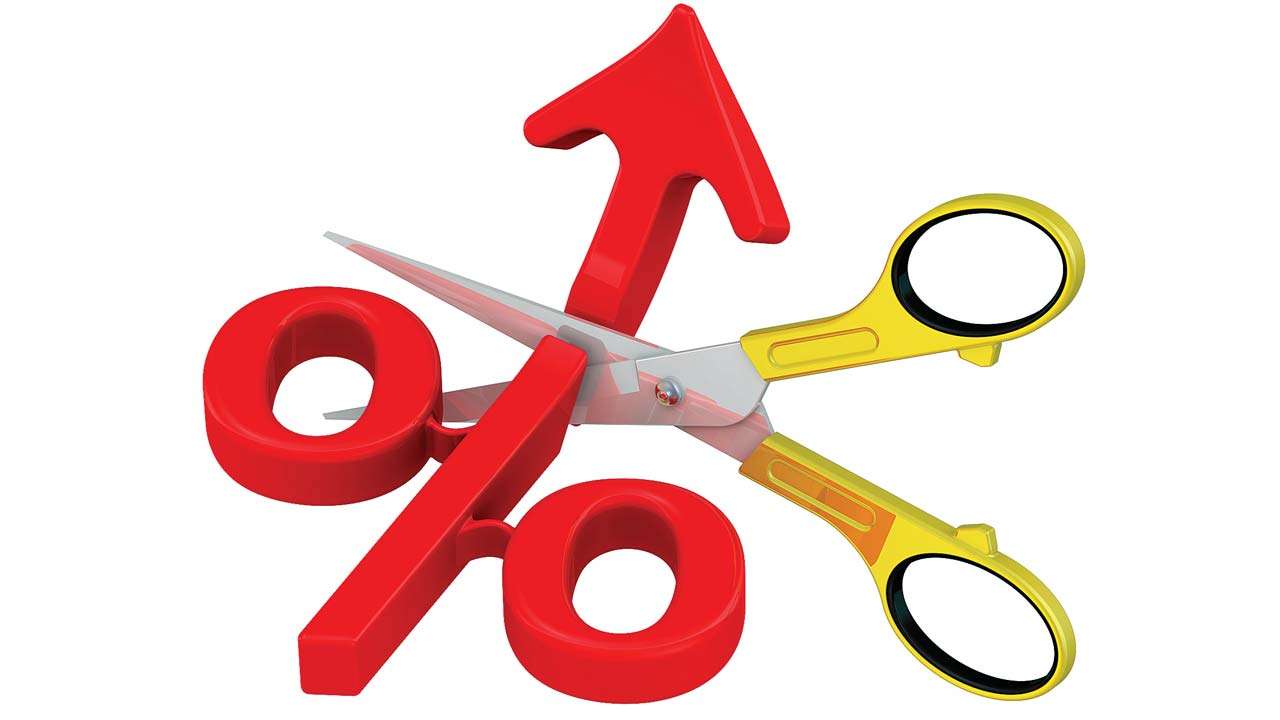
"What was that song you were playing?" she asked as soon as she entered my room with a view.
"Oh, that was an old Kishore Kumar song," I replied. "Aaj se college band hai from a 1979 movie called Khandaan."
"Where do you get hold of such songs?"
"Well, I have spent too many afternoons doing nothing, and searching and listening to such songs."
"Guess, that explains."
"So, what is it that you wanted to ask?"
"The Reserve Bank of India (RBI) has cut the repo rate 25 basis points (one basis point is one hundredth of a percentage) to 6%."
"Hmmm."
"And before you ask, repo rate is the interest rate at which RBI lends to banks," she explained.
"So, what do you want to know from me?" I asked.
"Will banks cut interest rates now?"
"It doesn't seem so."
"Why do you say that?"
"The credit deposit ratio of banks on the whole stood at 78.14% as on March 15, 2019, the latest data that is available."
"What does that mean in simple English?" she asked.
"It basically means that for every Rs 100 raised as a deposit, banks have already lent Rs 78.14 as loans."
"So?"
"Banks cannot lend all their deposits as loans. For every Rs 100 they raise as a deposit Rs 4 goes towards maintaining a cash reserve ratio (CRR) with the RBI. Then they also need to compulsorily maintain a statutory liquidity ratio (SLR) of 19.5%."
"Which means what?" she interrupted.
"Of every Rs 100 raised as a deposit by a bank, a minimum of Rs 19.5 needs to be invested in government securities and other approved securities."
"Hmmm."
"For every Rs 100 raised as a deposit, a minimum of Rs 23.5 goes towards maintaining a CRR and a SLR. This leaves banks with Rs 76.5 out of every Rs 100 that it raises as a deposit, to give out as loans."
"Oh."
"But banks on the whole, as of now, are already lending Rs 78.14 out of Rs 100 raised as deposits. What does this mean?"
"You tell me."
"It means that banks are already lending out all the deposits they can, as loans. Hence, they are not in a position to cut interest rates, as the RBI and the government want them to."
"That makes sense. But I had one more question."
"Tell me."
"If banks can lend only up to Rs 76.5 out of every Rs 100 they raise as deposit, how are they currently lending Rs 78.14?"
"Good question."
"Thanks V."
"Banks raise money to lend not just through deposits, but through other ways as well."
"Ah okay."
"Anything else you want to ask."
"So, how can interest rates actually come down?"
"One way is if the RBI cuts the CRR. Banks will have to maintain a lower proportion of their deposits with the RBI, and that means they will have more money to lend."
"Any other way?"
"There is something else that you need to know. Currently, the SLR of banks is at 27.75%, even though banks can maintain it at 19.5%."
"So, does that mean that if banks bring down their SLR to 19.5%, they can bring down interest rates?" she asked.
"It's not as simple as that. If banks sell a lot of government securities all at once, their prices will fall, and banks will lose money. And they don't want to do that, I am sure."
"Okay."
"Also, in early February 2017, the SLR was 32.97%. It basically means that over the last two years, banks have gradually sold government securities to raise money to fund loans, where the rate of return is higher. Interestingly, since February 2017, loans have grown at 28.31% whereas deposits have grown at a much slower 16.33%. Hence, banks have been funding growing appetite for loans by selling government securities."
"Interesting."
"So, government securities have become a source of fund for loans for banks. Once you take all this into account, it doesn't seem that banks are currently in a position to cut interest rates."
The example is hypothetical.
(Vivek Kaul is the author of the Easy Money trilogy)